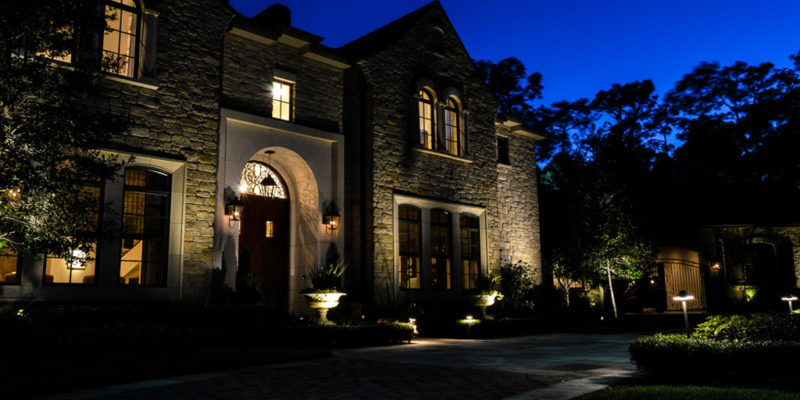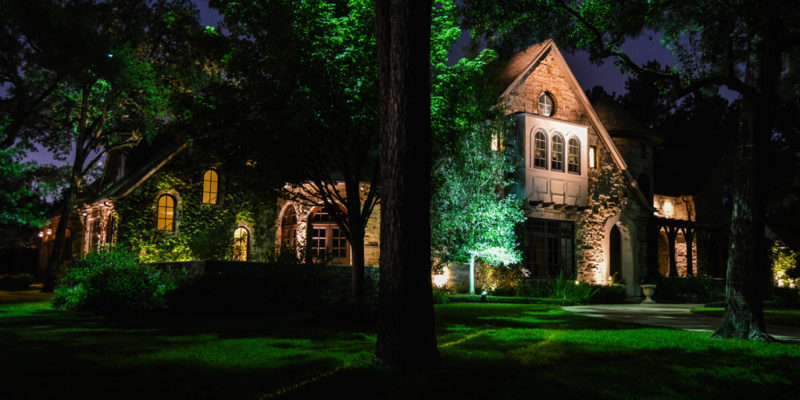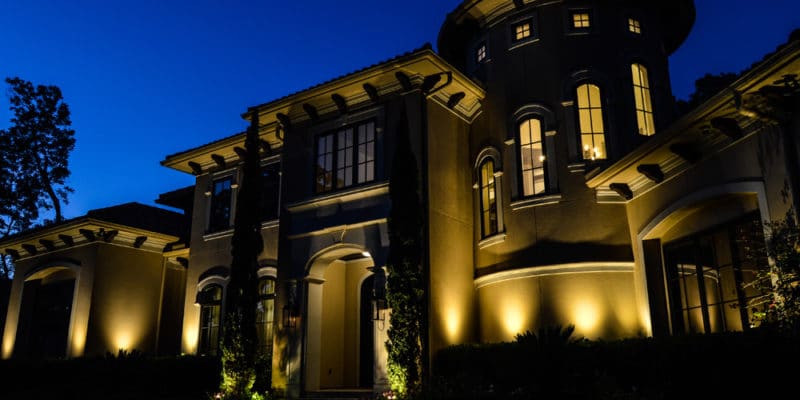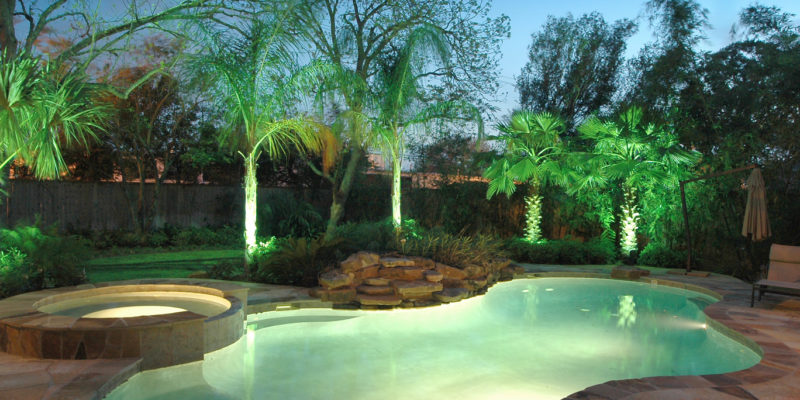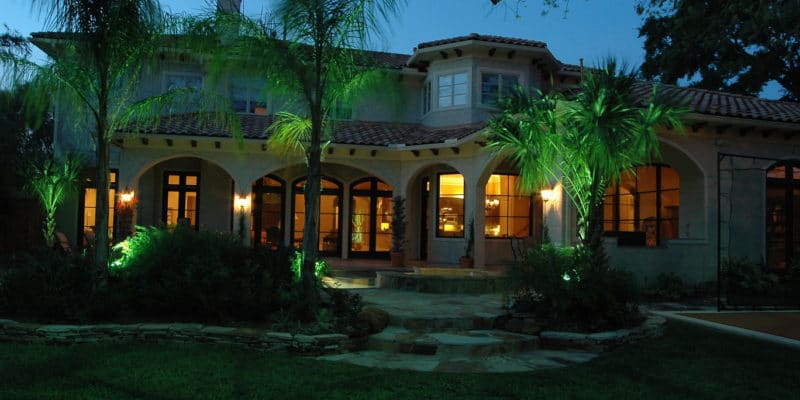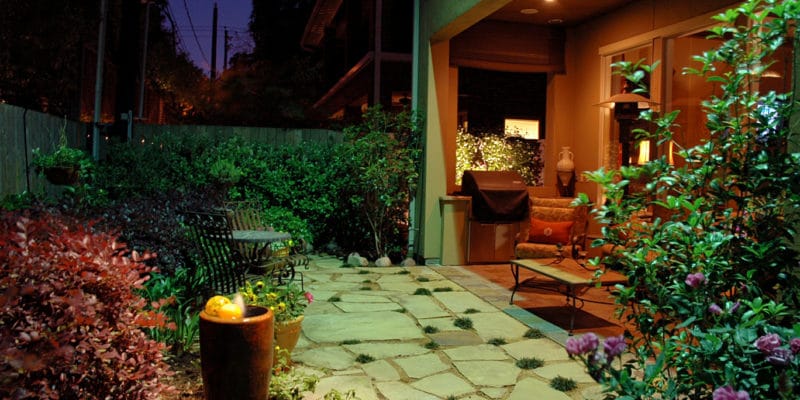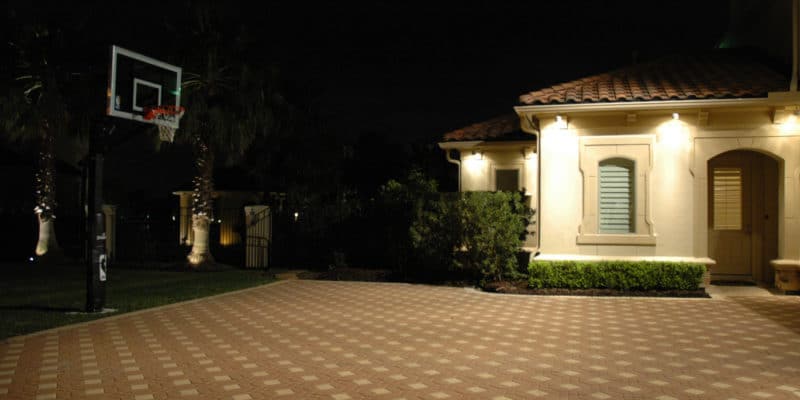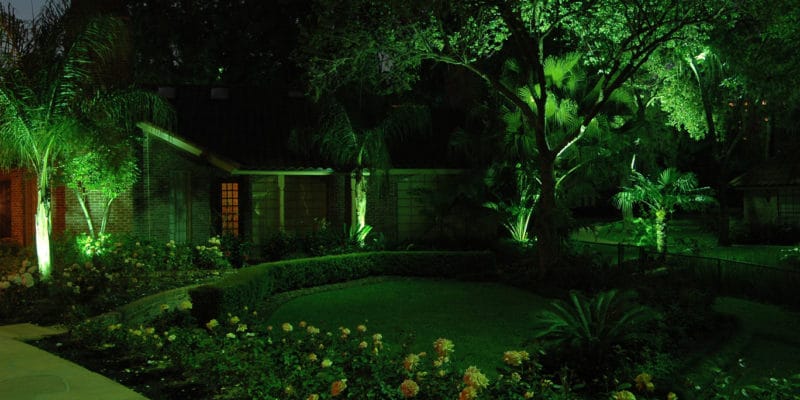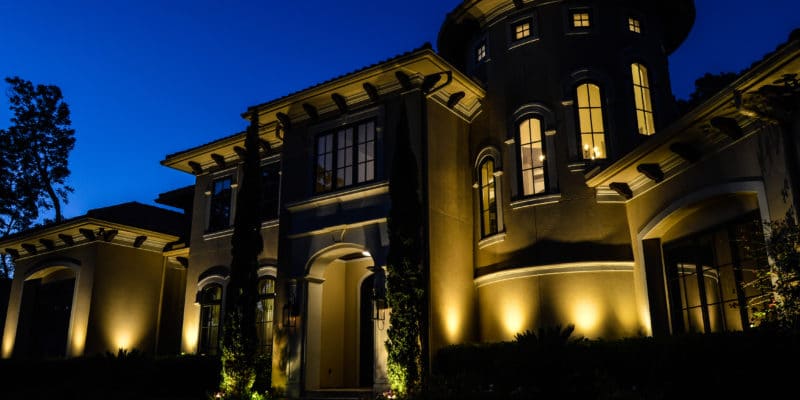The Age Old Question – Why Light?
One thing that lighting designers will often end up asking their clients is “why light”? You might think that the answer is obvious, but there are actually numerous things that you might want to achieve through lighting. That’s why a professional lighting designer is going to want you to clarify your needs and intentions.
You see, there is no such thing as a stupid question when it comes to clarifying a brief. The responses that can come back from that question can be surprisingly varied. It’s important that a lighting designer is able to understand exactly what the homeowner is looking for. If they produce something that isn’t in line with expectations, then they have failed the client, and no professional wants that to happen.
Homeowners have a number of different requirements and intentions. Some may be worried about keeping their home secure. Some might want a certain ambiance or to make their outdoor living area look nicer. Another motivation could be safety, especially for those who garden late at night, or who have a large garden that they want to be able to navigate after dark.
There are many other possible reasons for wanting more lighting, however, ambiance, safety, and security are the ones that crop up them most.
Lighting for Security
Even the nicest areas can sometimes have an issue with crime, and security lighting is a must to help prevent that. Landscape lighting can make life easier for you from a security perspective since it gives you better visuals yourself, and it also acts as a deterrent to would-be trespassers. Many crimes are opportunistic and if your garden or property is not an appealing target for a burglar, they will be more likely to just move on to the next potential target.
Lighting for Ambiance
Lighting can make it easier for you to enjoy your outdoor space in the evening, and that’s a common reason for people to illuminate their property. It helps to make space look more appealing, and it gives you more control over the ambiance, so you are not held to the schedule of daylight hours in your area. Lighting, if it is well thought out and carefully executed, can be the finishing touch to a wonderful landscaping project.
Lighting for Tasks and Safety
This is the most practical of the concerns. Task or safety lighting is mostly functional, but it can also have an aesthetic appeal as well. If you want to keep your steps well lit so that people do not trip, and make the walk between your door and your fire pit a little safer and easier to navigate, then you will want to spell that out in the brief. Task lighting is important in outdoor kitchens as well, because you need to be able to see clearly and perceive colors when you are cooking.
There are numerous other reasons for landscape lighting, some of which are vastly different from those mentioned here, but if you can identify exactly what the lighting will be used for that will make it much easier for the project leaders to do a good job. Lighting professionals understand that different lights will suit different tasks and you will be much happier with the results that you get from the job if you can help the lighting designer select the best type of light for your intended use, whatever that use may be.
If you would like to discover more tips and tricks from Robert Huff Illuminations; visit our blog. Call or contact us today for more information!
